In this guide we'll go over some mods that will start you down the road to getting more performance out of your 6.0 Powerstroke. We'll start with the basics; an EGR delete kit, air intake and an … Read Post
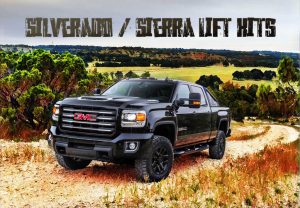
Best lift kits for the 2007-2017 Silverado and Sierra
Welcome to our guide to lifting the 2007-2107 Silverado/Sierra! Whether you're looking to improve ground clearance, run bigger tires or just want to make your truck look better overall by lifting … Read Post
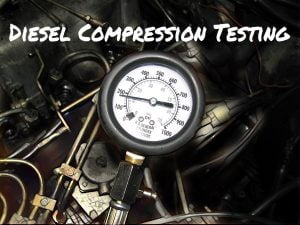
How-To: Choose and Use a Diesel Compression Tester
Compression tests have always been a go-to for uncovering any issues that an engine might have, and diesel engines are no exception to this rule. At first glance, it seems like the testing procedure … Read Post
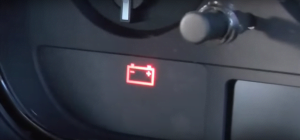
How-To: Choose The Best Batteries for Your Truck
What could possibly be worse than the Monday morning commute to work? How about when you go to start your truck one cold January morning in preparation for your drive and all you get from the truck … Read Post
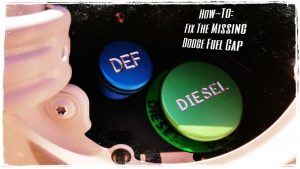
How To Fix The Missing Fuel Cap on Rams
Starting in 2013 and continuing still to this day, the Dodge Ram 1500, 2500 and 3500 turbo diesel trucks all have a pretty significant design flaw. Yep, that's a fuel filler that comes from the … Read Post
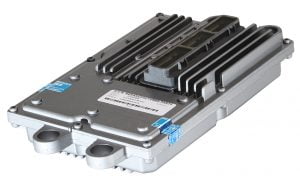
FICM OBD Codes and Repair Guide
Is your 6.0 Powerstroke having trouble starting? Have you been getting terrible fuel economy? Do you have a check engine light with any of the following OBD codes? P0261 P0264 P0267 … Read Post
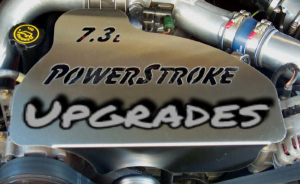
Best Upgrades for the 7.3L Power Stroke
The 7.3L Powerstroke is commonly regarded as possibly the best Powerstroke engine that Ford has made to date. It wasn't plagued with the head gasket problems of the 6.0L Powerstroke, nor was it … Read Post
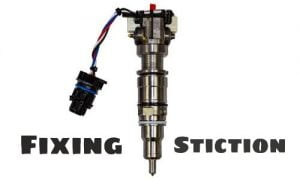
Can an Oil Additive Fix Injector Stiction?
In this guide, I wanted to cover an issue that many 6.0 and 7.3 powerstroke owners have run into, Injector stiction. Stiction is unfortunately quite a common problem with the fuel delivery system that … Read Post
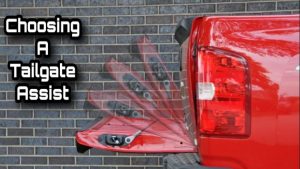
How-To: Add a tailgate assist to your truck
Have you ever had your hands full while trying to open your tailgate? If so, you'll already realize that if you don't hold it on the way down, you'll be greeted with a big slam as your tailgate … Read Post
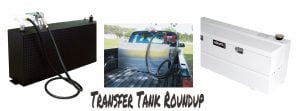
Transfer Tank Roundup: Best Tank for Your Truck
Welcome to our fuel tank roundup! This guide is here to help you figure out what kind of tank your truck needs, whether you need an auxiliary tank for extending your range, a transfer tank for … Read Post
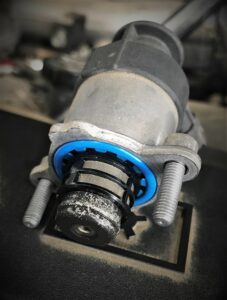
How-To Prevent Disaster with a CP4 Fuel Bypass Kit | 6.7L Powerstroke
Did you know that the biggest fuel system weakness on the 2011-2021 6.7L Powerstroke is the fact that if the CP4 high pressure fuel pump has a roller lifter failure, the pump will explode and send … Read Post

How To Fix The Missing Fuel Cap on Rams
Starting in 2013 and continuing still to this day, the Dodge Ram 1500, 2500 and 3500 turbo diesel trucks all have a pretty significant design flaw. Yep, that's a fuel filler that comes from the … Read Post

FICM OBD Codes and Repair Guide
Is your 6.0 Powerstroke having trouble starting? Have you been getting terrible fuel economy? Do you have a check engine light with any of the following OBD codes? P0261 P0264 P0267 … Read Post

Best Upgrades for the 7.3L Power Stroke
The 7.3L Powerstroke is commonly regarded as possibly the best Powerstroke engine that Ford has made to date. It wasn't plagued with the head gasket problems of the 6.0L Powerstroke, nor was it … Read Post

Can an Oil Additive Fix Injector Stiction?
In this guide, I wanted to cover an issue that many 6.0 and 7.3 powerstroke owners have run into, Injector stiction. Stiction is unfortunately quite a common problem with the fuel delivery system that … Read Post

How-To: Add a tailgate assist to your truck
Have you ever had your hands full while trying to open your tailgate? If so, you'll already realize that if you don't hold it on the way down, you'll be greeted with a big slam as your tailgate … Read Post

Transfer Tank Roundup: Best Tank for Your Truck
Welcome to our fuel tank roundup! This guide is here to help you figure out what kind of tank your truck needs, whether you need an auxiliary tank for extending your range, a transfer tank for … Read Post

How-To Prevent Disaster with a CP4 Fuel Bypass Kit | 6.7L Powerstroke
Did you know that the biggest fuel system weakness on the 2011-2021 6.7L Powerstroke is the fact that if the CP4 high pressure fuel pump has a roller lifter failure, the pump will explode and send … Read Post
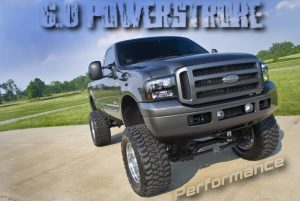
![Let's Encrypt Open SSL [Lets Encrypt]](https://dieselpowerup.com/wp-content/uploads/2016/11/letsencrypt.png)
